Idea by
Jakob Sellaoui
Call for ideas 2019
Non-Ideal Architecture
Non-Ideal Architecture
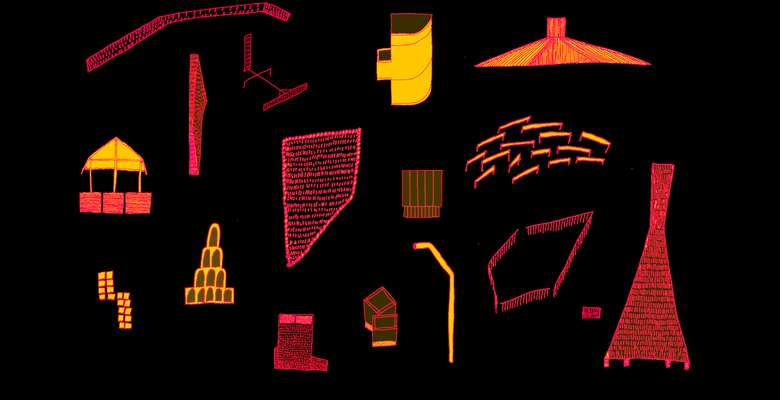
- Systemic changes
What if one of the greatest challenges of architecture lies not in its distant future, but could be found in the present, within the very stuff that is already there? Increasing expectations towards performance and efficiency, an obsession with the ideal or perfect solution and a reach for ideological agendas have not only haunted the practice of architecture, but especially culture at large. NON-IDEAL ARCHITECTURE searches not for the superficially perfect, but for the shortcomings, the not-quite, the good enough. It believes that precisely within the non-ideal lies its strength and potential within the contemporary. NON-IDEAL ARCHITECUTRE looks at architecture without looking at buildings. It believes, that within the sphere of architecture's debris: its by-products and informal leftover objects; the failures, bad compromises and ideological dilemmas are most apparent and vivid. What if by embracing these hidden potentials, architecture where to (re-?)discover a new type of optimism?
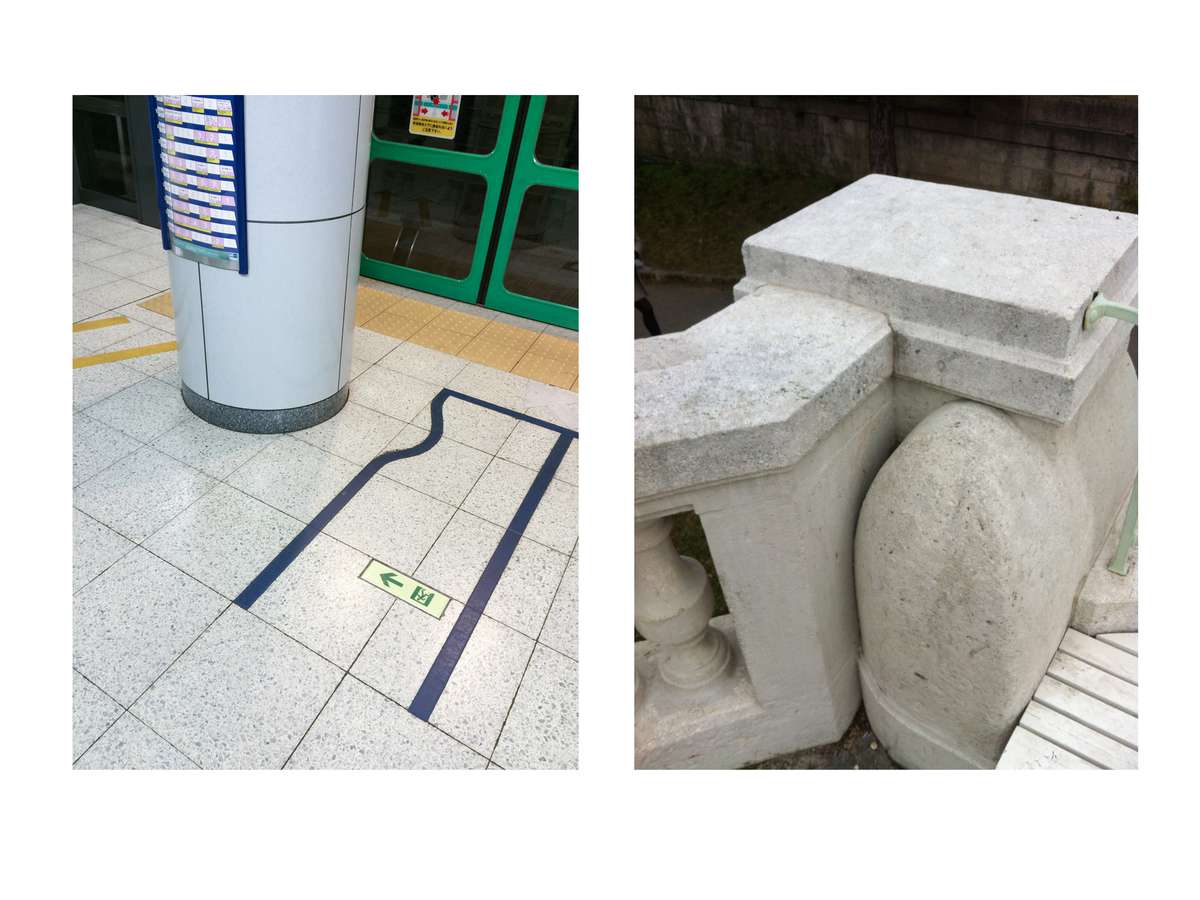
NON-IDEAL ARCHITECTURE often exposes the absurdities of imposed legislations, which are often impossible to resolve on the level of form.
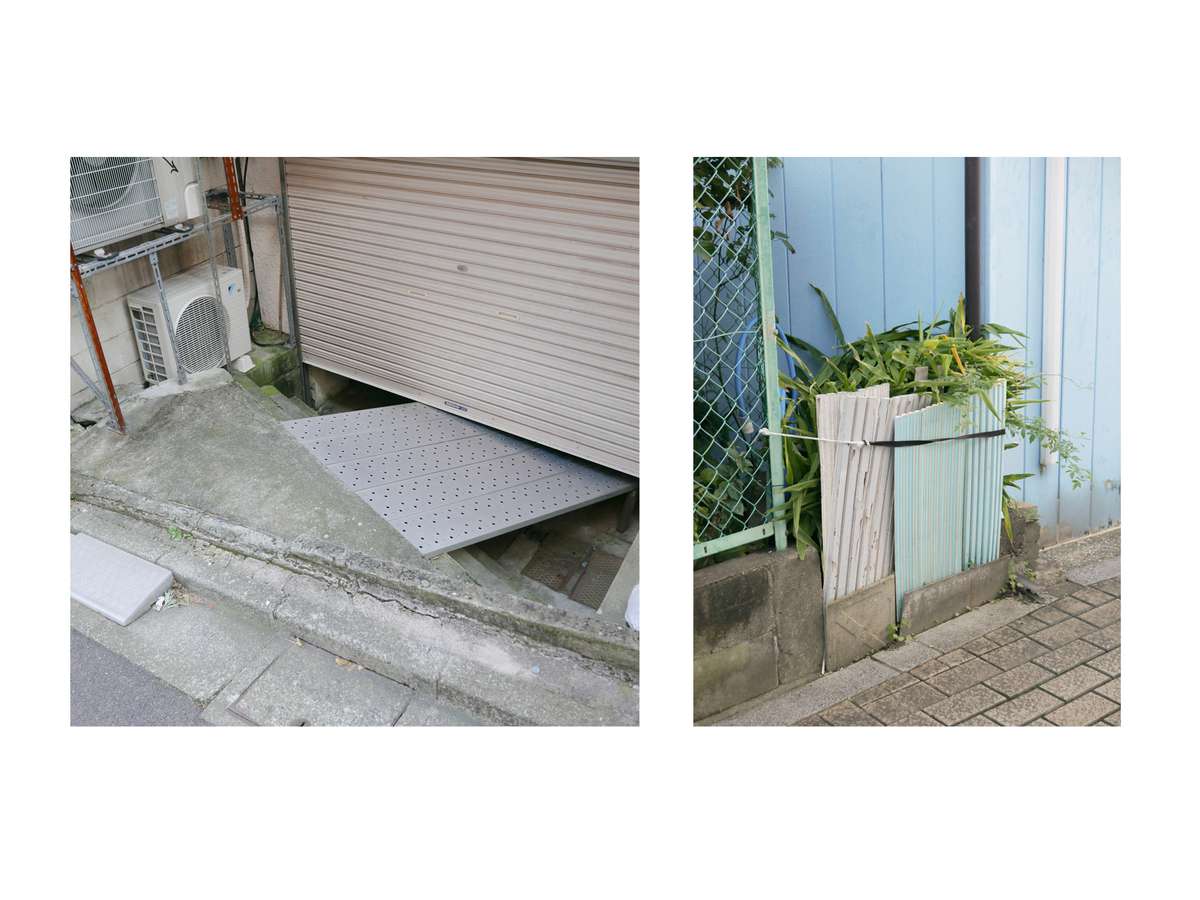
Informal leftover objects, existing in the shadows of “proper” architecture allude to practical (and often semi-successful) solutions to a resistance towards established structures of access and property.
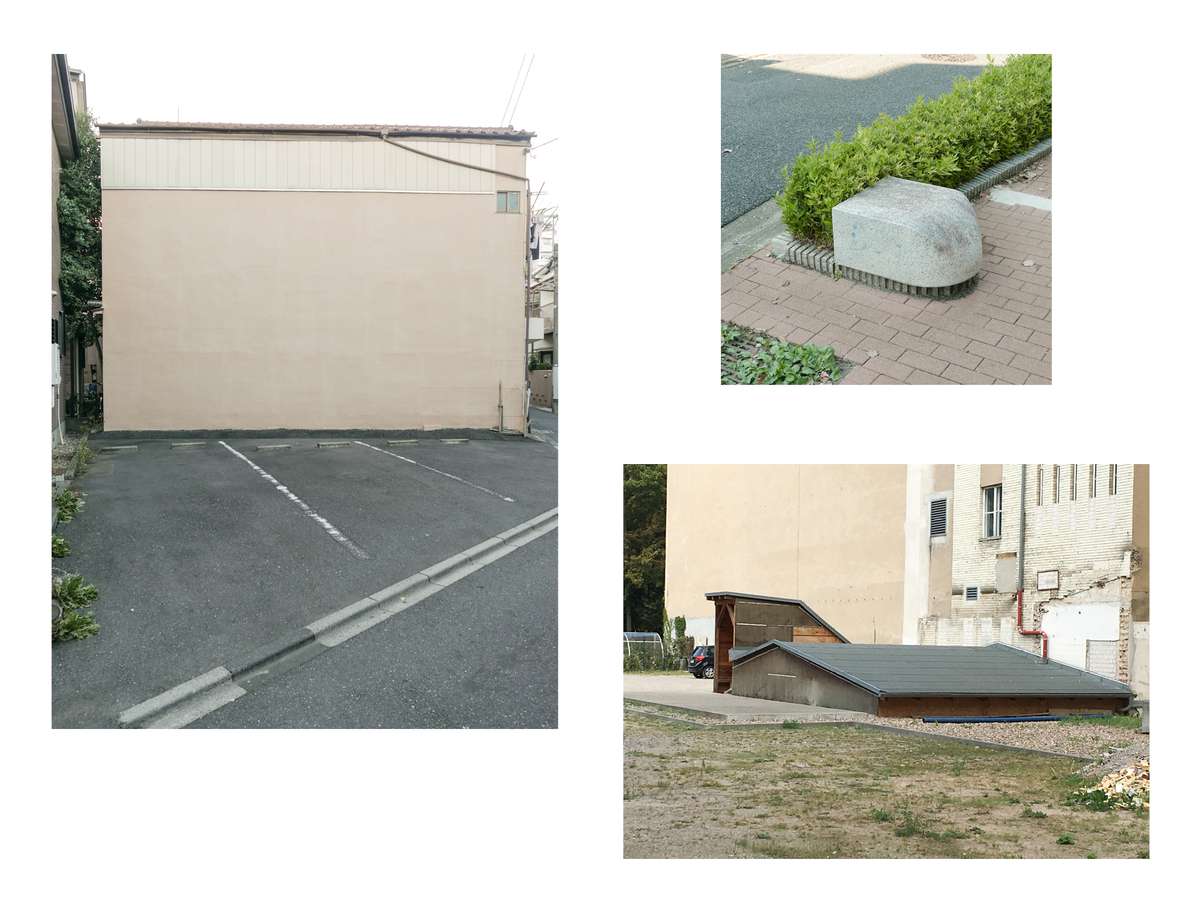
Architecture's future visions often include falling either in a technological survival-mode cynicism or withdrawal in pre-modern nostalgia, but what if one where to discover a proactive humor and optimism within the contemporary?
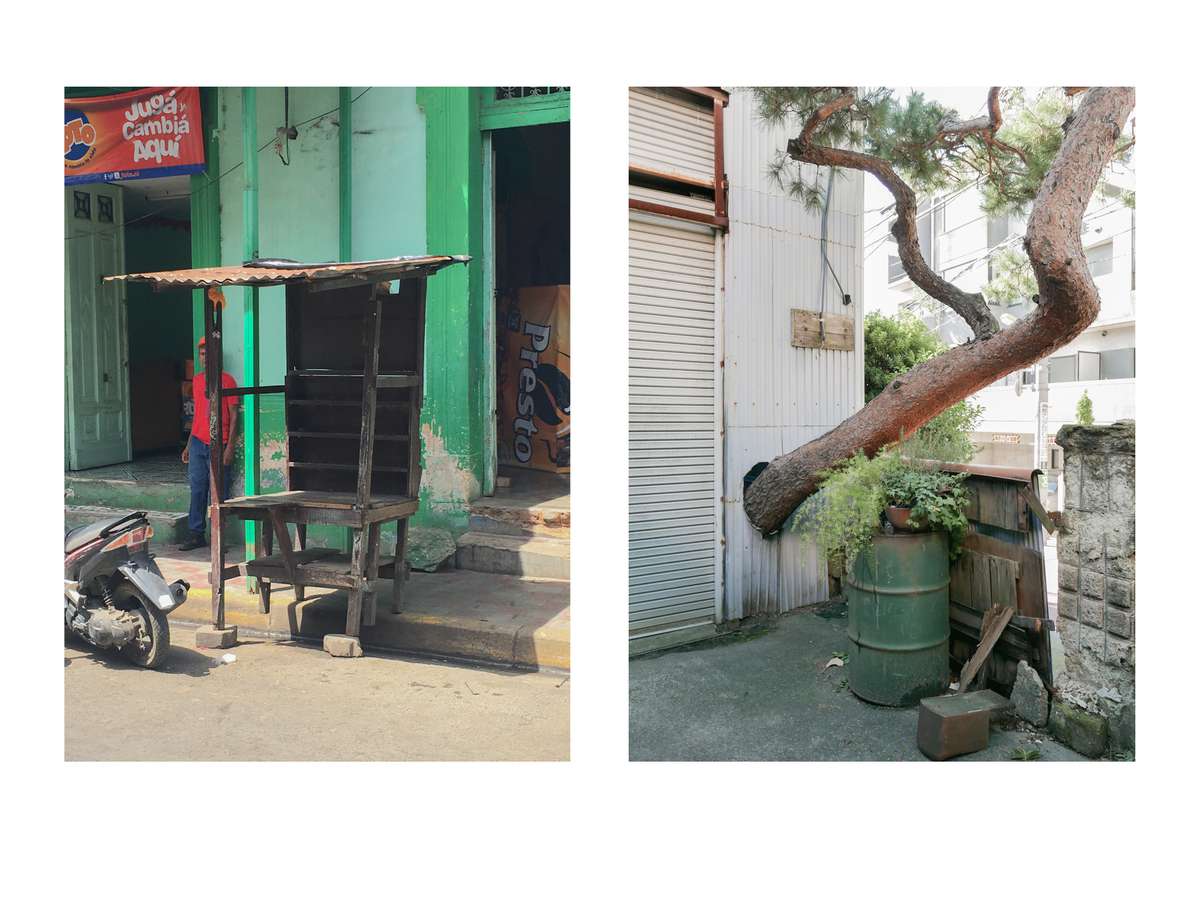
An optimistic kind of ingenuity arises, resulting from scarcity of means leading to a possible and (alternative?) kind of ecological sustainability.
Non-Ideal Architecture
Non-Ideal Architecture

- Systemic changes
What if one of the greatest challenges of architecture lies not in its distant future, but could be found in the present, within the very stuff that is already there? Increasing expectations towards performance and efficiency, an obsession with the ideal or perfect solution and a reach for ideological agendas have not only haunted the practice of architecture, but especially culture at large. NON-IDEAL ARCHITECTURE searches not for the superficially perfect, but for the shortcomings, the not-quite, the good enough. It believes that precisely within the non-ideal lies its strength and potential within the contemporary. NON-IDEAL ARCHITECUTRE looks at architecture without looking at buildings. It believes, that within the sphere of architecture's debris: its by-products and informal leftover objects; the failures, bad compromises and ideological dilemmas are most apparent and vivid. What if by embracing these hidden potentials, architecture where to (re-?)discover a new type of optimism?

NON-IDEAL ARCHITECTURE often exposes the absurdities of imposed legislations, which are often impossible to resolve on the level of form.
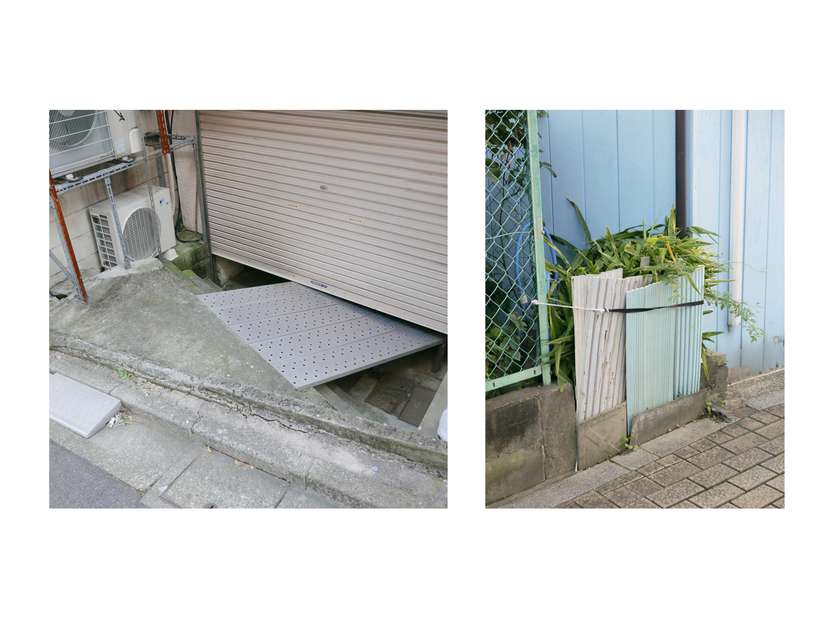
Informal leftover objects, existing in the shadows of “proper” architecture allude to practical (and often semi-successful) solutions to a resistance towards established structures of access and property.
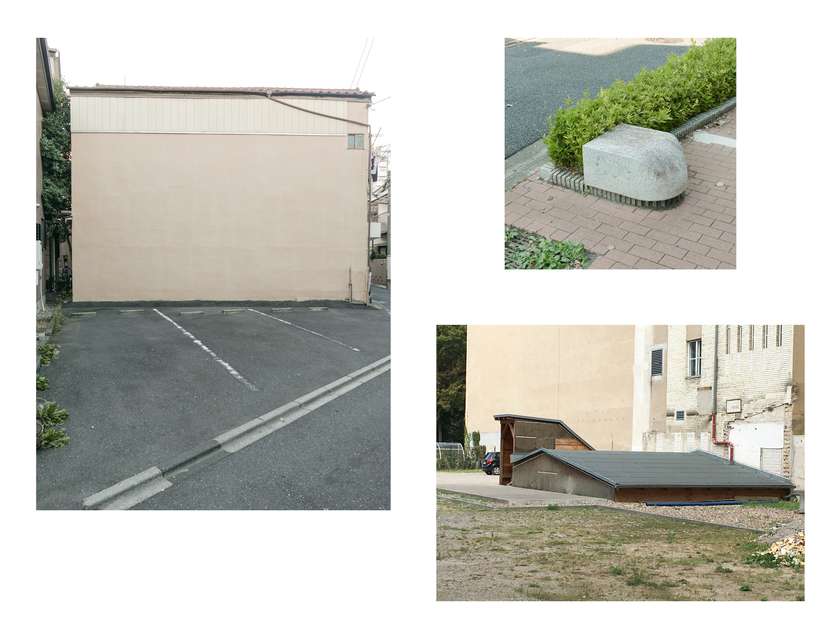
Architecture's future visions often include falling either in a technological survival-mode cynicism or withdrawal in pre-modern nostalgia, but what if one where to discover a proactive humor and optimism within the contemporary?
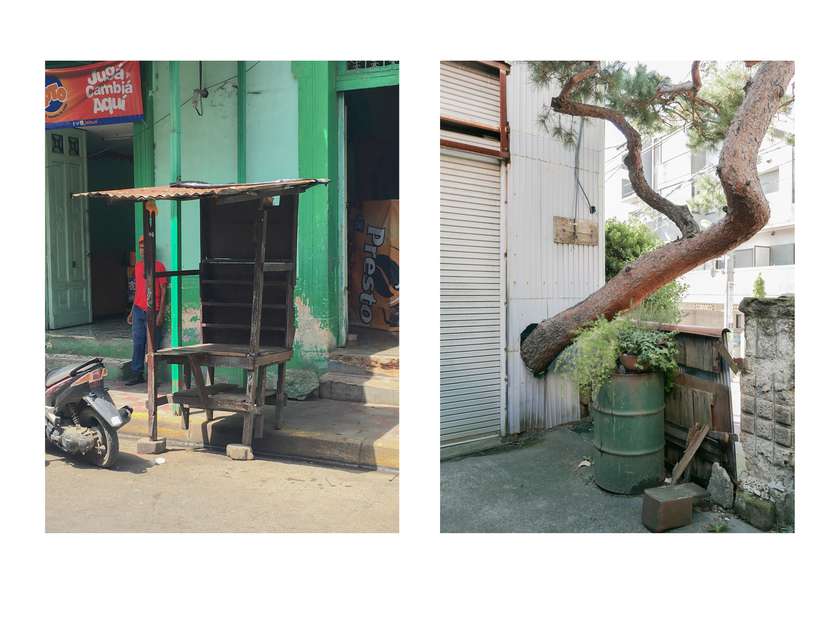
An optimistic kind of ingenuity arises, resulting from scarcity of means leading to a possible and (alternative?) kind of ecological sustainability.